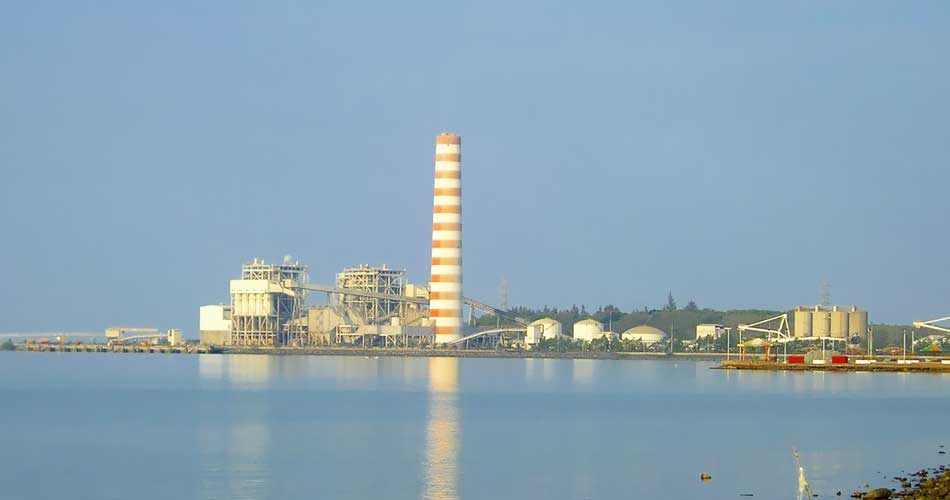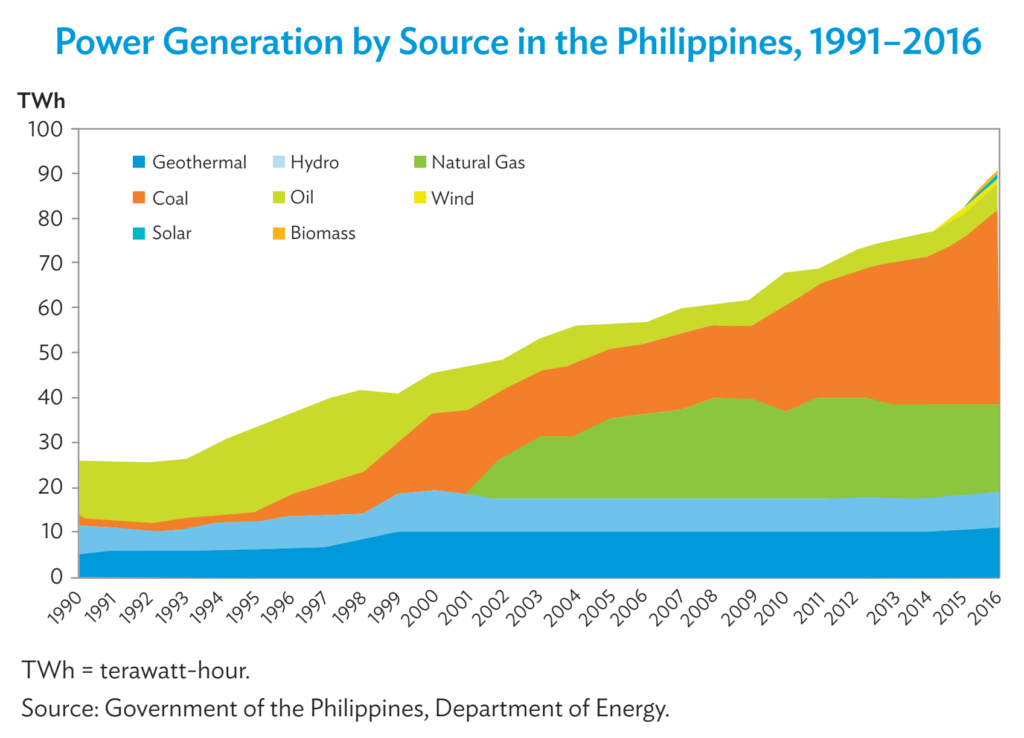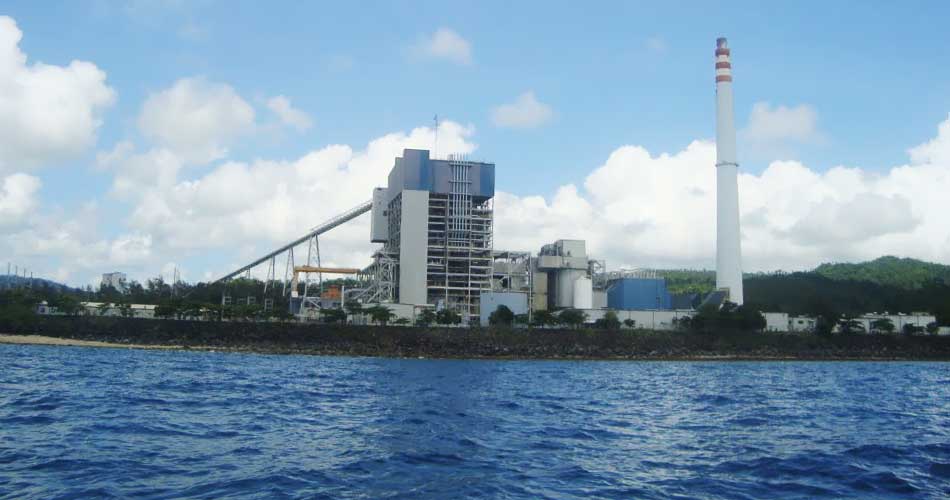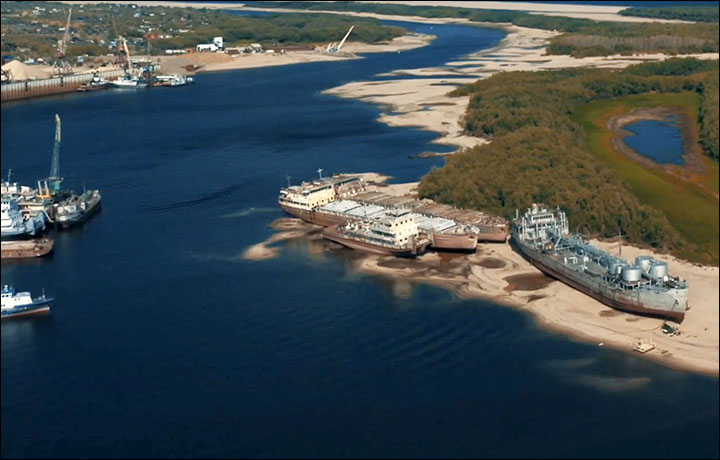Coal power plants flourish in the Philippines despite “climate emergency” – “It is unfortunate that another coal plant has been inaugurated in the country”

By Leilani Chavez
28 October 2019
MANILA (Mongabay) – In 1996, when a community in the Philippine municipality of Pagbilao agreed to house a coal power plant a few hours’ drive from Manila, the residents had high hopes. The fishing town saw in the dominating edifice full-time jobs and food on the table, says Warren Puno of the Catholic diocese of Lucena, the provincial capital.
What they didn’t expect, however, was for additional coal plants to follow suit.
After Pagbilao, another power station mushroomed in the nearby municipality of Mauban in 2000; the two plants have a combined generating capacity of 1,594 megawatts, earning the region the title of the “coal corridor” of the Philippines as it’s the only province to house two major coal plants. They also make the region the biggest power producer for the grid that serves the central island group of Luzon.
President Rodrigo Duterte inaugurated a third plant (the 21st nationwide) on 16 October 2019, the 500 MW San Buenaventura Power facility in Mauban, citing the venture as a prime example of “clean coal technology” and a significant addition to the country’s green energy roadmap.

Environmental groups, however, are not convinced. “Coal is not clean, not cheap, and not sustainable,” Khevin Yu of Greenpeace Philippines said at a press conference on 21 October 2019. “It is unfortunate that another coal plant has been inaugurated in the country, by no less than the president who seems to have been misled or misinformed by the coal industry and its ridiculous myth of ‘clean coal.’”
While Duterte continues to voice support for renewables in his public speeches, his energy department has gone the other way: more coal-fired power plants have been approved for construction since Duterte assumed office in 2016, driving environmental groups to question the government’s commitment to reducing emissions from coal and its transition to renewables as mere lip service.
Bucking the global coal decline
Since the signing of the landmark Paris climate agreement in 2015, coal projects have declined across the world. But it’s a different story in the Philippines and in Southeast Asia. Threatened by looming energy insecurity and with industries dependent on fossil fuels, coal remains the prime power generation source for electrification in the Philippines.
It’s the only country in Asia that gained a 1-gigawatt increase in power sourced from coal this year, which now accounts for 43 percent of the national energy mix. Given new investments, coal’s share of the pie will reach 50 percent in 2030. The energy sector is the biggest generator of the country’s carbon emissions and is at the forefront of its 70 percent emissions reduction pledge in the Paris Agreement, followed by the transport, waste, forestry and industrial sectors.
Duterte, however, has always had misgivings about the Paris Agreement. “I did not sign it … my predecessor signed it,” he said after taking office in 2016. “It will hamper the country’s industrialization agenda,” he added. He threatened to pull out of the agreement but ratified it begrudgingly a year later, when a majority of his cabinet secretaries voted for it.

Three years on, Duterte’s energy policies remain ambivalent, with the Department of Energy signalling a “conditional concurrence” to the deal, reflected in Secretary Alfonso Cusi’s “technology-neutral” bureaucracy. While the department signed renewable energy contracts in 2016, it also pushed for large-scale coal investments with seven committed projects that will provide 3,971 MW nationwide, spearheaded by San Buenaventura’s switch-on in October. “Coal still serves a purpose for our baseload,” Cusi said during his department’s budget deliberations, adding that a coal moratorium could “hurt” the energy sector.
“There remains considerable uncertainty around how these commitments will be achieved … given that continued economic development is contingent on significant increases in power generation capacity,” according to a 2019 report from the Asian Development Bank. [more]
Coal power plants flourish in the Philippines despite ‘climate emergency’


